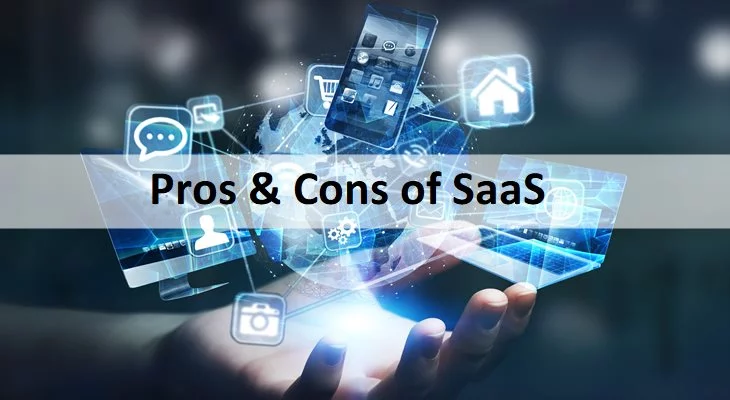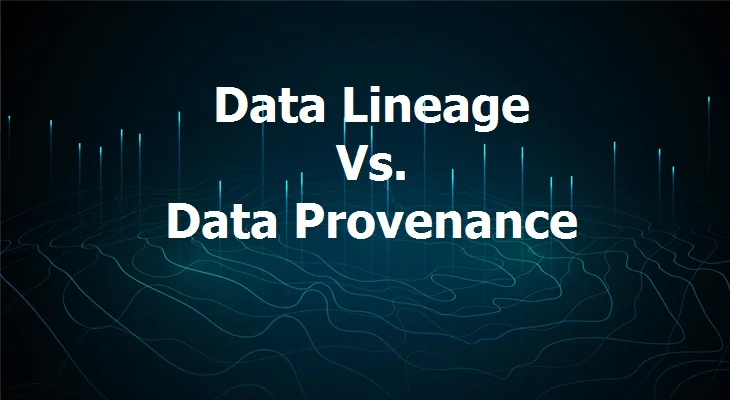Companies are shifting most of their services to the cloud platforms. Software as a Service, which is more commonly known as SaaS, is a cloud-based software distribution model.
A third-party service provider hosts the software and makes it available to its customers on demand.
While there are some key benefits of using cloud computing platforms for your software services, you need to assess the limitations in SaaS models. We will be discussing the pros and cons of SaaS in this blog.
Pros of SaaS
- Lower Capital Expenditure (CAPEX)
- Accessibility
- Scalability
- Saved Maintenance costs
- Ease of Deployment
Cons of SaaS
5 Pros of SaaS
Digital transformation has transformed businesses. There are a lot of new start-ups that have been benefitted by the "Digital First” initiative. Most of these start-ups don't have a lot of monetary resources for capital expenditures.
SaaS platform allows these businesses to invest more in operating expenditure (OPEX) rather than spending on capital expenditures (CAPEX).
As the third-party service providers host software which you need on a subscription basis, you can use this software whenever required. You can also save the purchase cost for this software with SaaS.
Companies are encouraging their employees to embrace policies like BYOD (Bring Your Own Device), work from home, etc.
As SaaS is a cloud-based service, employees can get access to the files and tools from anywhere and anytime.
All they need is a working internet connection and user authentication.
It can not only help the companies to reduce expenses but can also help them to improve productivity.
Most of the start-ups, while growing their businesses need to address the issue of managing the funds that they have.
At this stage, the frequency of the work varies. There are times when all of your resources are engaged, and there are times when your resources are idle.
Now you need extra services in the peak period and less during the slack. With SaaS, you can go for additional subscriptions during peak the period and similarly cut down on your subscription model during slack.
As the third-party cloud services take care of the maintenance costs, you don't need to bear these costs.
Also, if there are any bugs or errors, the task of solving these bugs/errors are borne by the service provider.
In addition, if there are any new upgrades to the software, you don't need to stick your neck out for these updates.
The third-party service providers will take care of it for you. It doesn't just save the costs, but it saves time too.
In a traditional on-premises environment, it may get difficult to install new software across the entire organization.
It takes up a lot of time and hampers employee productivity. But in the case of SaaS, this deployment is pretty easy. All you need is to have a system and initiate access.
Once the authentication is complete, regardless of whether you are going to use it from that moment or in the future, you will have access to the software till your subscription ends.
4 Cons of SaaS
Leaving software maintenance and software upgrades to a service provider lessen your burden, but it also leaves you to lose control over the software and apps which you use.
You cannot customize these applications based on your needs and end up being dependent upon the version of the software your service provider provides.
Even though moving to the cloud can save your time, you may end up losing your valuable time if there is an outage issue.
Or, if you don't have a stable internet connection, you won't be able to work without disruptions.
These issues can affect the overall performance and decrease the productivity of your employees.
There are a few doubts companies have related to the security of your intellectual property and the data.
Once you make a move to the cloud, you move your database from your premises to the cloud. This opens up doubts over the security of sensitive data.
To avoid this problem, you can go for a hybrid cloud option wherein you can keep the sensitive information at your end or use tools like multi-factor authentication to add up another security level.
Service Level Agreements and their clauses may differ from one supplier to another. As you are moving your data to the cloud platforms, you need to ensure that it is in safe hands.
Also, if there is a data breach, you need to know the timeframe in which the service provider will notify the breach.
Another factor that can pose problems is the minimum time after which outage will be compensated. You need to ensure that these clauses won’t affect your business significantly.
Key Takeaway:
Even though the pros of SaaS are compelling enough to make a switch to the cloud, there are few cons of SaaS as well. The Pros of SaaS outweigh the cons and moving to SaaS is a beneficial decision for start-ups and SMBs particularly.
Also Read:
CaaS vs. PaaS: Understand the Difference Between two Cloud Computing Services





